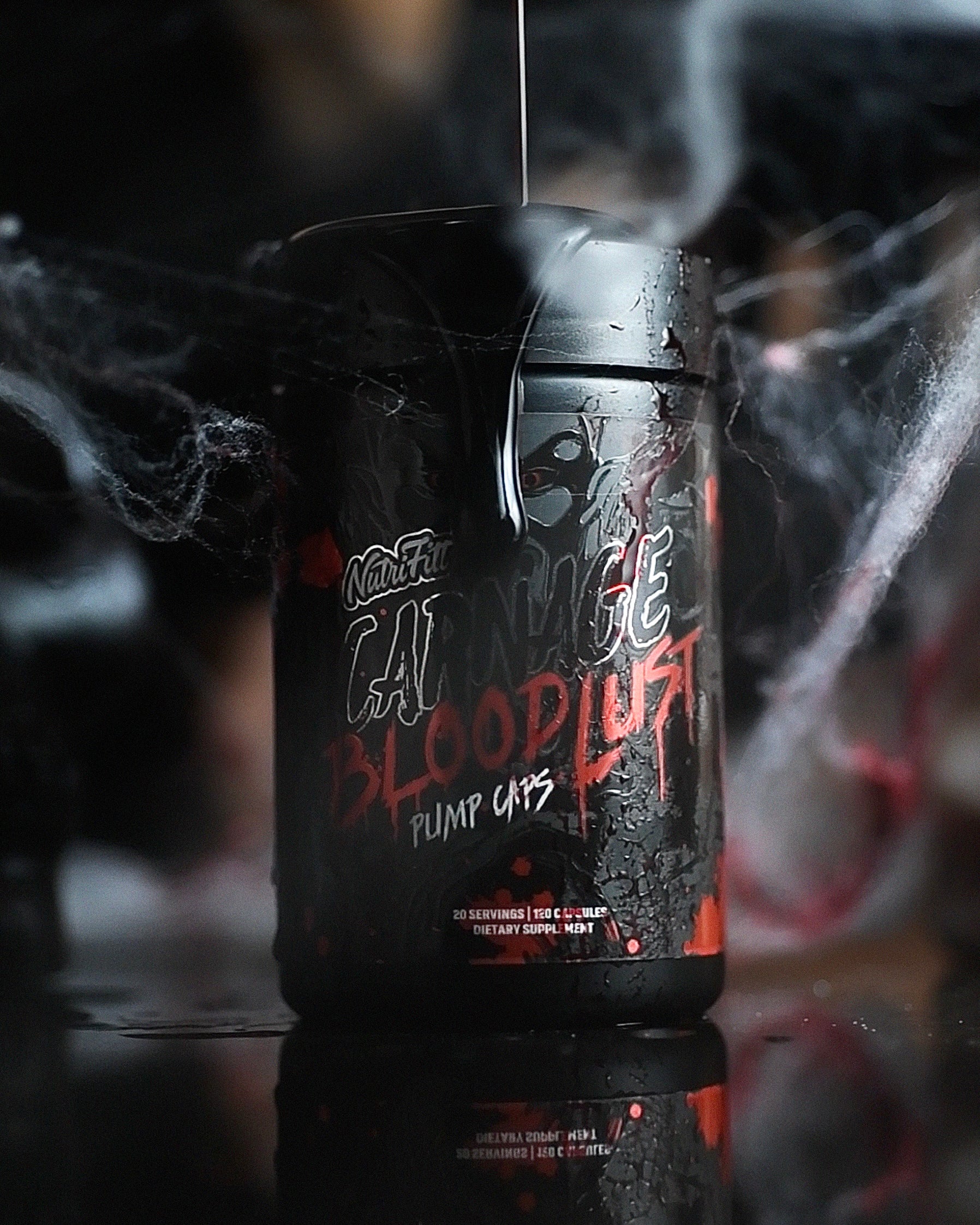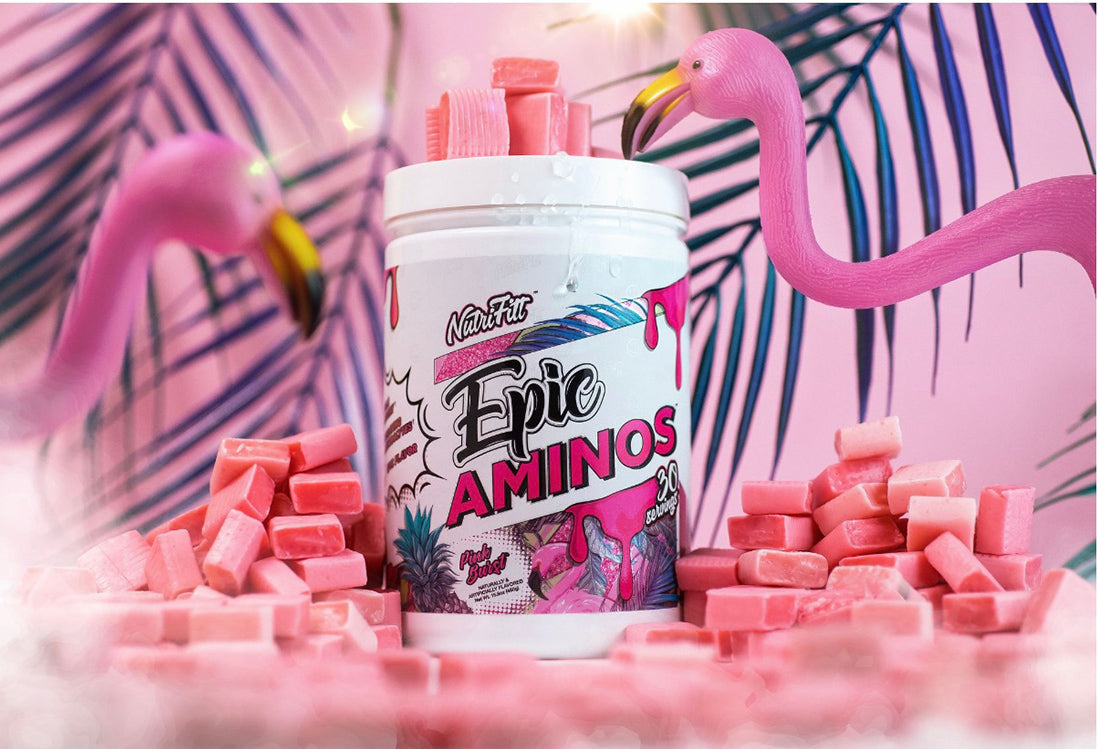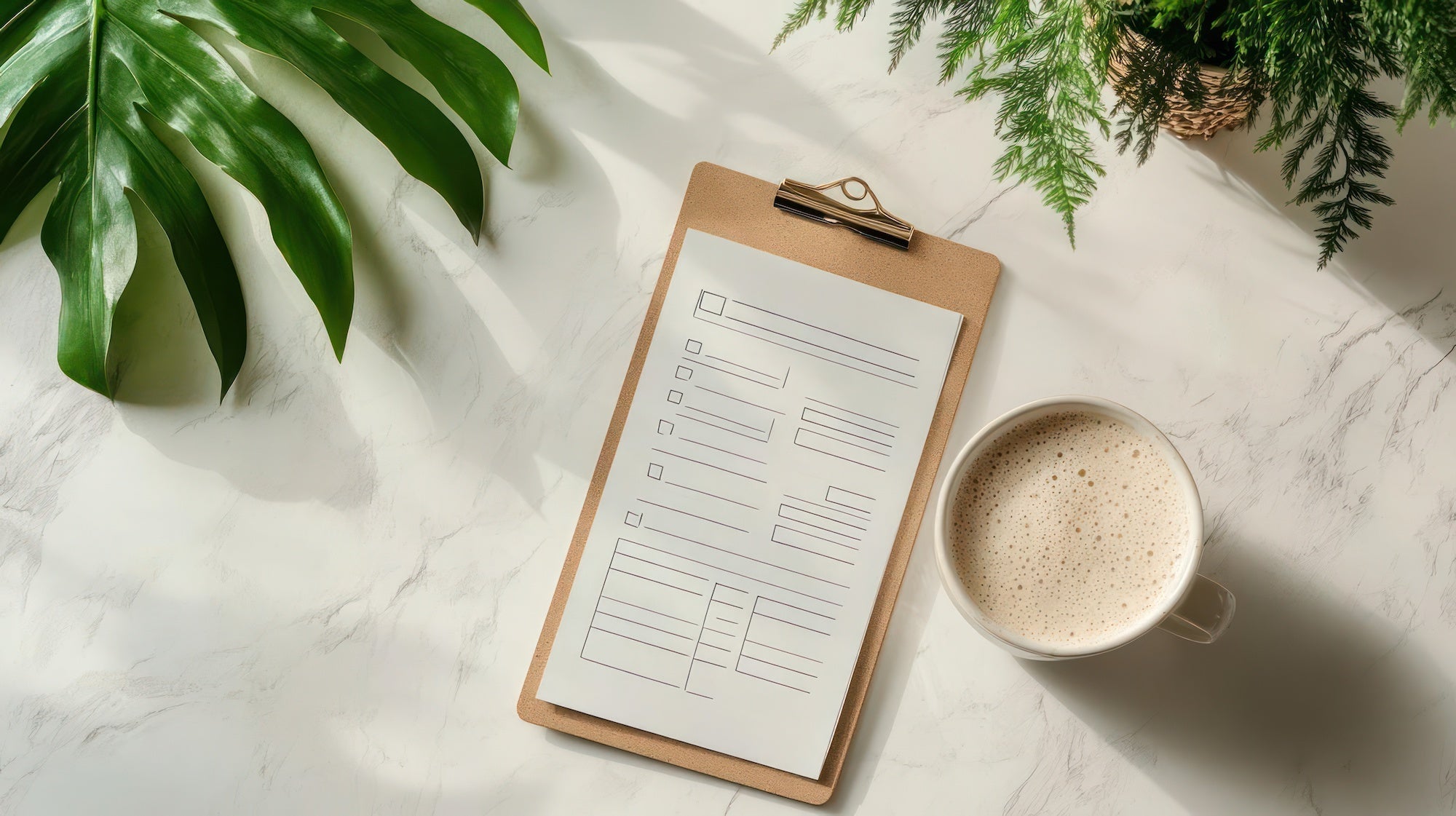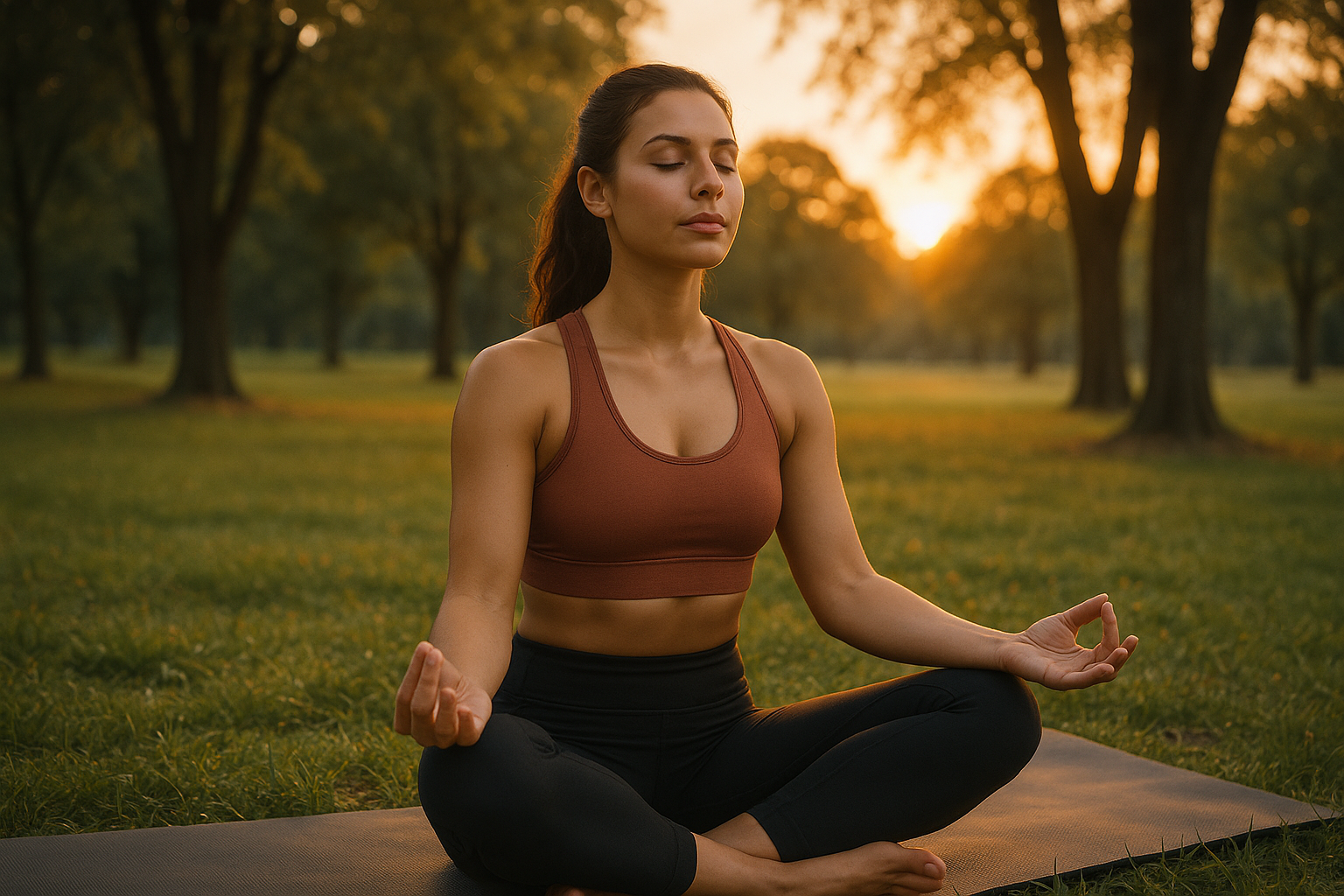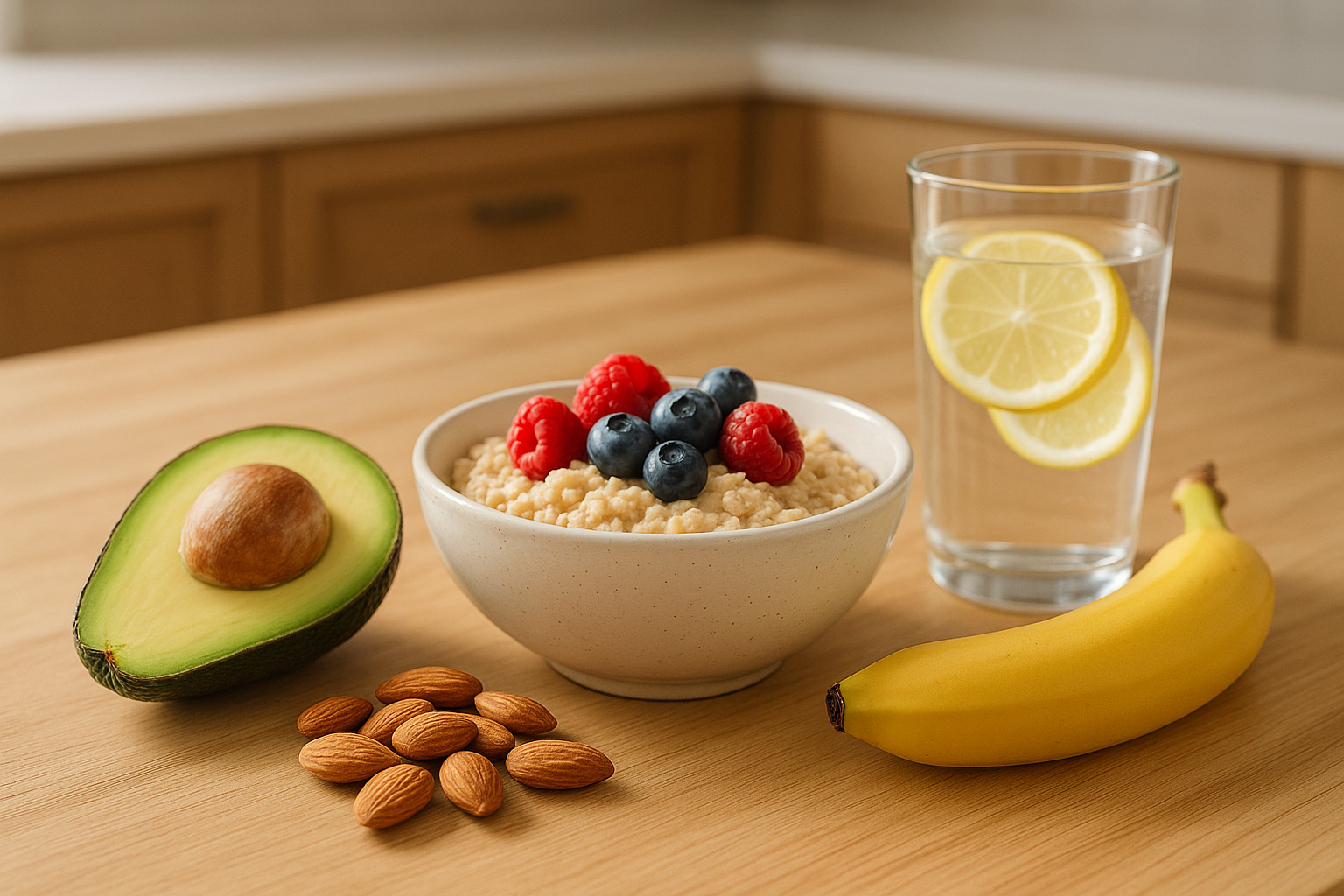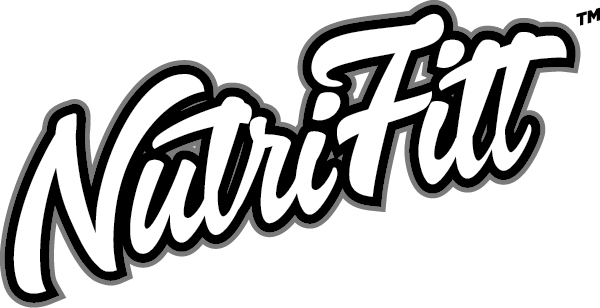
The Fastest Way To Get Jacked by June
Everyone wants results now. Yesterday. Faster. That’s actually a reasonable ask — to want you results as fast as you can get them. But that doesn’t mean a shortcut. It means optimizing your nutrition and training down to the finer details. No magical training protocol, extreme diet methods, or special supplements will give you a shortcut, but the right balance of the above absolutely will drastically improve the efficiency thereof. So, let’s talk about what it means to get those results as soon as you can.
It can be hard to figure out exactly what that looks like on paper or in practice — what’s an optimized diet and training plan look like for you? It’s the beginning of the year right now, and if you want to get the absolute best results by summer, there is really only one thing you need to know. It is the single key to every type of progress you will make. It makes that success measurable, predictable, and repeatable. It gives you data for future progress and goals and it is the only way to accurately adjust your training to adapt to the progress you have made so far.
KEEP A LOG BOOK.
It’s annoying, yes. It’s yet another thing to remember, yes. It’s a little nerdy, yes. But it’s the only sure-fire way to make sure all of your hard work is pointed in the right direction. Whether you carry around a notebook or you take notes in your phone, this is the single most important and under-utilized tool in fitness.
So, what are you supposed to be tracking in your log book? Well, let’s take a minute to remind ourselves that progress in the mirror is a direct reflection of progress in the gym, assuming your diet is where it needs to be. The most basic principle of bodybuilding is progressive overload, and that means reaching continually higher levels of training volume. The other important factor in growing muscle and improving your body composition is monitoring your recovery. So those are the two most important things to track.
LOAD
Part of progressive overload involves increasing the loads you use over time. Now, this doesn’t always mean adding a 45 lb plate to each side of the barbell. In fact, more often than not, it is adding the smallest amount of weight possible. This is where people often stop their own progress because it feels like such a small, pointless increase to add 5 lb per side or even 5 lb total, but if you’re tracking your weights, you’ll notice that by the end of a year you may put 50 or 100 pounds on a lift, whereas if you keep trying to add 10s, 25s, or 45s, you end up failing, plateauing or even regressing.
REPS + SETS
The other major factor in tracking your training is your sets and reps. If you’re setting target set and rep goals and also tracking the weight you use, you’ll ultimately be able to determine your total training volume by using the formula Reps X Load = Volume. This total number should go up over time as your body adapts to your training and you get stronger and gain more strength endurance.
RECOVERY
They say you grow in the kitchen, so tracking your recovery is just as important as tracking your training. The amount of time you stay sore or feel tired after a workout is a good indicator of how to modulate your intensity or training frequency. If you’re feeling very sore for more than 2 days after a workout and you are just feeling exhausted from training all the time, you may need to dial back your overall training volume. That can easily be accomplished by adding some rest days or adjusting your training. It should also raise a little red flag for yoru to double check whether you’re eating enough to sustain your current level of training. If you need to, add in some Epic Aminos throughout the day, during, and after your training to give yourself a nice recovery boost.
So, we challenge you to track your training plan this year from now until June and review your progress both on paper and in the mirror. You will be pleasantly surprised at your results!






